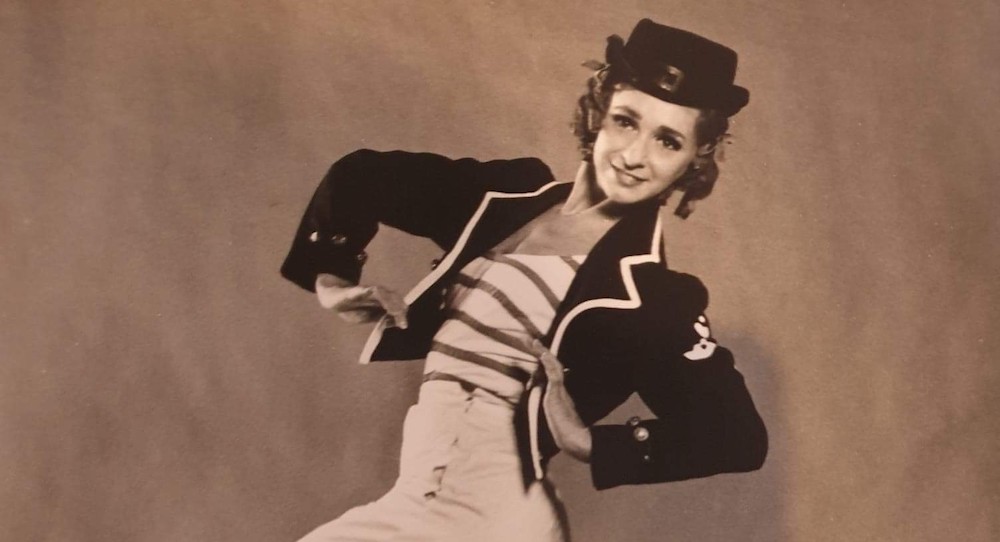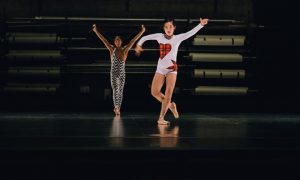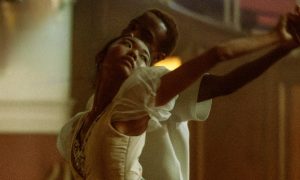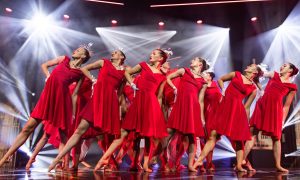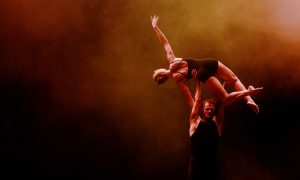Welcome to this exclusive interview where we have the pleasure of sitting down with Brenda Last OBE, the newly appointed President of the British Ballet Organization (BBO). Stepping into the prestigious role left vacant by the late Dame Beryl Grey CH DBE, Last brings with her a wealth of experience and a lifelong dedication to the world of dance.
Last’s journey through the realm of ballet is nothing short of extraordinary. Having trained at The Royal Ballet School, she emerged as one of the founding members of Western Theatre Ballet in 1957, a company that has evolved into the renowned Scottish Ballet. Her career reached new heights when she joined The Royal Ballet in 1963, quickly ascending to the position of Principal within just two years. Not only did she shine on stage, but she also assumed crucial roles as Ballet Mistress and Répétiteur for the company.
With over five decades of teaching experience, Last has left an indelible mark on the global dance community. Her influence extends far beyond the confines of prestigious institutions, having educated dancers from renowned companies such as the English National Ballet, Royal New Zealand Ballet, The Australian Ballet, and Noriko Kobayashi Ballet.
In this interview, we delve into Last’s inspiring journey, her vision for the BBO, and the legacy she aims to build upon. Join us as we explore the passion, dedication and expertise that Last brings to her role as the President of BBO.
Brenda, congratulations on your appointment as President of the British Ballet Organization (BBO). Since 1957, you have been connected to BBO. Can you tell us your most memorable project to date?
“I recall wonderful memories in Norway, where I organised a Directors meeting in the late 1970s, drawing together the notable names in Scandinavia at that time. This was something which had not been done before! However, it is the memory of 1957, when I was one of 10 dancers who formed the first regional ballet company in the UK, Western Ballet Theatre, that is most significant in my mind. Eddie Kelland Espinosa (of the British Ballet Organization) would donate studio space at BBO’s home, Woolborough House, for us to create an innovative company that eventually went on to become Scottish Ballet. I feel exceptionally proud to look back at the many wonderful works we produced and the invaluable contribution from Espinosa, without whom the company would not have had the chance to prosper in its early days. This link and legacy has given me a lifelong affection for the British Ballet Organization and weaves together a part of the heritage of classical dance in the UK. Espinosa’s contribution to dance history is commendable.”
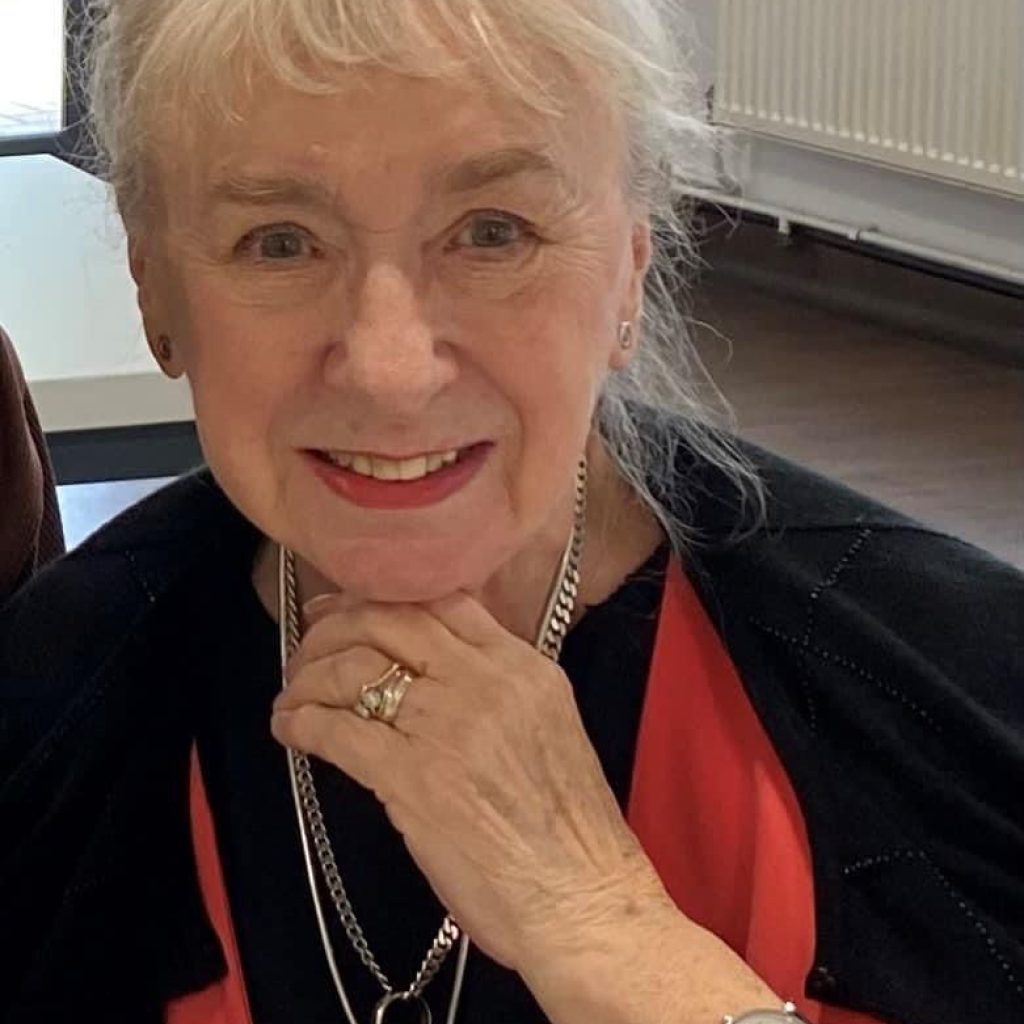
Commendable indeed! With your training at The Royal Ballet School, what insights did you gain, and how have these been passed on during your 50 years of teaching?
“I enjoyed seeing the company rehearsing in the studios. It was simply inspirational as a young dancer! You watch people giving class and taking rehearsals and become aware of what strengths you wish to develop in your own future teaching, as well as the traits you find less appealing! I was lucky because I was born and brought up in London, and was exposed to some outstanding teachers outside of The Royal Ballet School as well. These were teachers who taught so many disciplines to such a high standard, and they were responsible for me becoming such a strong and dedicated dancer from a young age. I was sent to my first teacher at the age of just three to correct a weakness in my left leg, and I was incredibly lucky that she was able to immediately spot my potential. This standard is what I have always endeavoured to achieve as a teacher myself.”
As a founding member of Western Theatre Ballet, now Scottish Ballet, what was your greatest success, and most important lesson?
“In Western Theatre Ballet, I learned the sheer importance of having to be able to adapt to different styles and skills in order to remain innovative at all times. We performed everything from classical ballet to panto, theatre to television work. it was incredibly important to create new works and to remain current. Teachers with societies like the British Ballet Organization offer training in such a breadth of genres of dance, and this is simply invaluable for being able to prosper professionally. This need to diversify your skills in this way was the most important lesson for me.”
After joining The Royal Ballet in 1963, you became a Principal two years later. Can you share your most significant moment on stage?
“Two moments spring to mind — the first being the moment where I found myself on stage in Bournonville’s Napoli. I was an understudy and found myself called at the very last minute. You learn to adapt very quickly! The moment which I remember as the one when I truly felt like I had ‘made it’ came during a performance of The Sleeping Beauty. I was on the stage at the Royal Opera House in Covent Garden, dressed as one of the fairies, in the scene where they are blessing the baby and I had tears rolling down my cheeks. It is such a special memory! Being exposed to such artists like de Valois, Cranko, MacMillan and Ashton was such a special part of being in the company at that time; the memories are cherished indeed, and I was constantly inspired.”
As Ballet Mistress and Répétiteur for the company, how did you approach this role, and what were you looking for in your dancers?
“As a teacher and rehearsal coach, you need to communicate with your dancers and quickly get to rehearsals that are instinctive and intuitive – never boring. I wanted to know what the dancers felt about the role from the beginning because you need to get all of this into the performance. Well trained dancers will have a wonderful muscle memory, which makes the technique easy to harness. It is then the role of the coach to draw out the personality and charisma that these dancers can bring to the role. Alongside technique, I always looked for style, movement and musicality. As a ballet mistress and répétiteur, you need to teach so much, so quickly, with a company and you must help the dancer make the most of the relatively short lifespan they have on stage.”
Now as President of the British Ballet Organization, can you share how the tapestry of your experience has shaped your 2024 goals?
“My experience of how excellent teaching can shape your future is what drives me to support the British Ballet Organization as President going forward. It is imperative that young dancers are taught by teachers who understand what good teaching is and that they are taught correctly in order to support their progress. No matter the size of school or where in the world our teachers are located, we have a simple wish that Espinosa himself had: to train the very best teachers to develop the best dancers. Every child should be taught as though they aspire to be in the profession, and every teacher should be able to do this. It has been a challenging few years across the globe, but the British Ballet Organization offers teaching courses and CPD events alongside opportunities for students which are all there to support this ethos, and I look forward to working with the dedicated team to support this in any way I can.”
For more information on the British Ballet Organization, visit www.bbo.dance.
By Renata Ogayar of Dance Informa.


